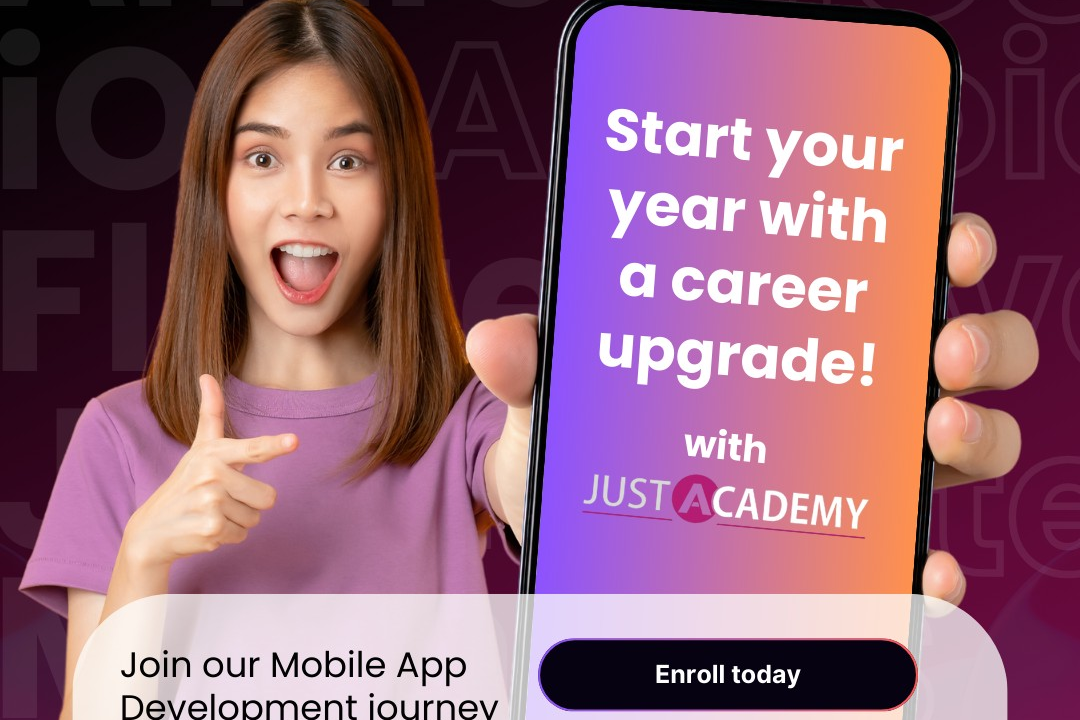Learning Paths for iOS Programmers
Guided Learning Paths for Aspiring iOS Developers
Learning Paths for iOS Programmers
Learning paths for iOS programmers typically start with mastering the fundamentals of programming using Swift, Apple's primary language for iOS development. Beginners should familiarize themselves with Xcode, Apple's integrated development environment (IDE), and engage with the basics of UIKit for user interface design. After grasping the core concepts, programmers can explore advanced topics such as SwiftUI for modern UI development, Core Data for data persistence, and integrating APIs for network communication. As they progress, it's beneficial to delve into best practices for application architecture, testing, and debugging, alongside familiarizing themselves with the App Store submission process. Continuous learning through online courses, coding bootcamps, or community forums is essential to stay updated with the latest iOS technologies and frameworks, ensuring readiness for real-world application development.
To Download Our Brochure: https://www.justacademy.co/download-brochure-for-free
Message us for more information: +91 9987184296
1 - Understanding iOS Development Basics
Familiarize yourself with the fundamentals of iOS programming, the concepts of app development, and the overall iOS ecosystem.
2) Setting Up Xcode
Learn how to install and configure Xcode, Apple's integrated development environment (IDE) for building iOS applications, and understand its features and tools.
3) Learning Swift Programming
Dive into Swift, the primary programming language for iOS development. Focus on its syntax, data types, control flow, and object oriented principles.
4) Mastering UIKit Framework
Explore UIKit, Apple's essential framework for building user interfaces, including views, view controllers, and navigation controllers.
5) Understanding Auto Layout
Learn how to use Auto Layout for creating adaptable and responsive user interfaces that function on a variety of screen sizes and orientations.
6) Working with Storyboards and Interface Builder
Get hands on with Storyboards and Interface Builder for visually designing app interfaces and managing transitions between view controllers.
7) Networking and APIs
Understand how to make network requests, handle JSON data, and integrate APIs, learning about URLSession and data parsing.
8) Data Persistence
Study different methods for storing data, including UserDefaults, Core Data for object graph management, and leveraging external databases.
9) SwiftUI Introduction
Discover the newer SwiftUI framework, focusing on declarative syntax for building user interfaces, and how it differs from UIKit.
10) Implementing MVC Design Pattern
Learn the Model View Controller (MVC) design pattern and its significance in organizing code for better maintainability and scalability.
11) Testing and Debugging
Develop skills in writing unit tests and UI tests, using Xcode's testing framework, and learn debugging techniques to troubleshoot issues.
12) App Lifecycle and Performance Optimization
Understand the iOS app lifecycle, memory management, and techniques to optimize app performance for a better user experience.
13) Integrating Third Party Libraries
Explore how to utilize CocoaPods and Swift Package Manager to include third party libraries that enhance functionality.
14) User Experience and Design Principles
Study fundamental principles of user experience (UX) and design, focusing on creating intuitive and appealing interfaces.
15) Exploring App Store Submission Process
Learn about the complete process of preparing an app for submission, including App Store guidelines, creating screenshots, and writing a compelling app description.
16) Continuous Learning and Community Involvement
Encourage active participation in iOS development communities, forums, and following tech blogs to keep updated with the latest trends and best practices.
17) Building a Portfolio
Develop and showcase projects in a personal portfolio to demonstrate skills and creativity, which is essential for job applications.
18) Networking and Job Hunting
Learn effective networking strategies and job hunting tips tailored for iOS developers, including creating a LinkedIn profile and attending industry events.
By following this structured learning path, students can build comprehensive expertise in iOS programming and prepare them well for a successful career in mobile app development.
Browse our course links : https://www.justacademy.co/all-courses
To Join our FREE DEMO Session: Click Here
Contact Us for more info:
fundamentals of machine learning for predictive data analytics
salesforce admin training trailhead
Developing cost
how to get pmp certification fast
Android App Design Mandya











